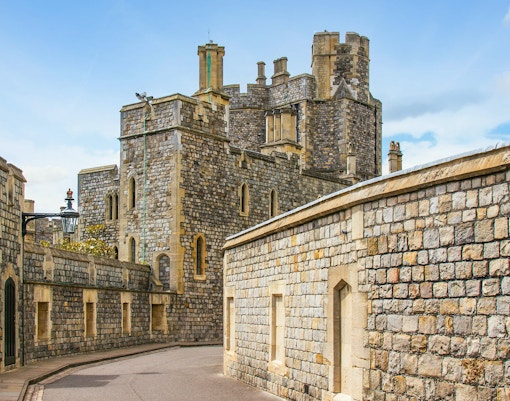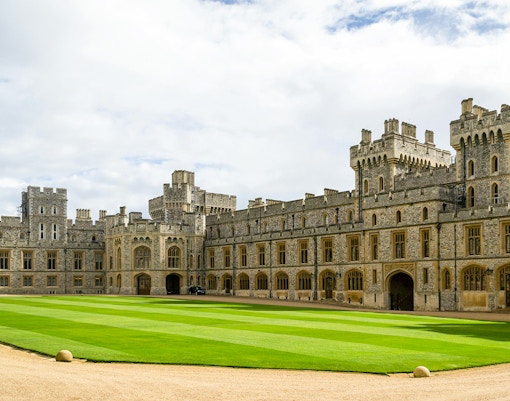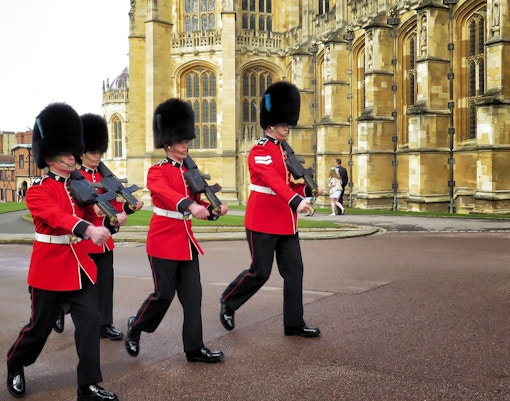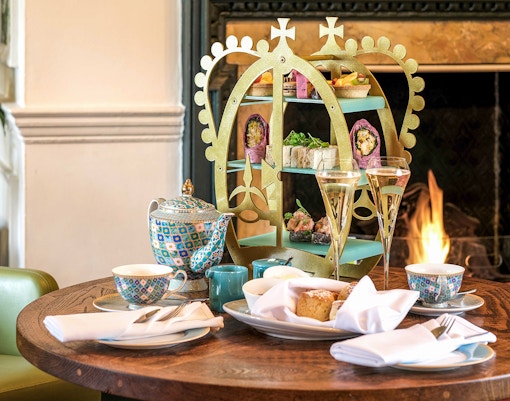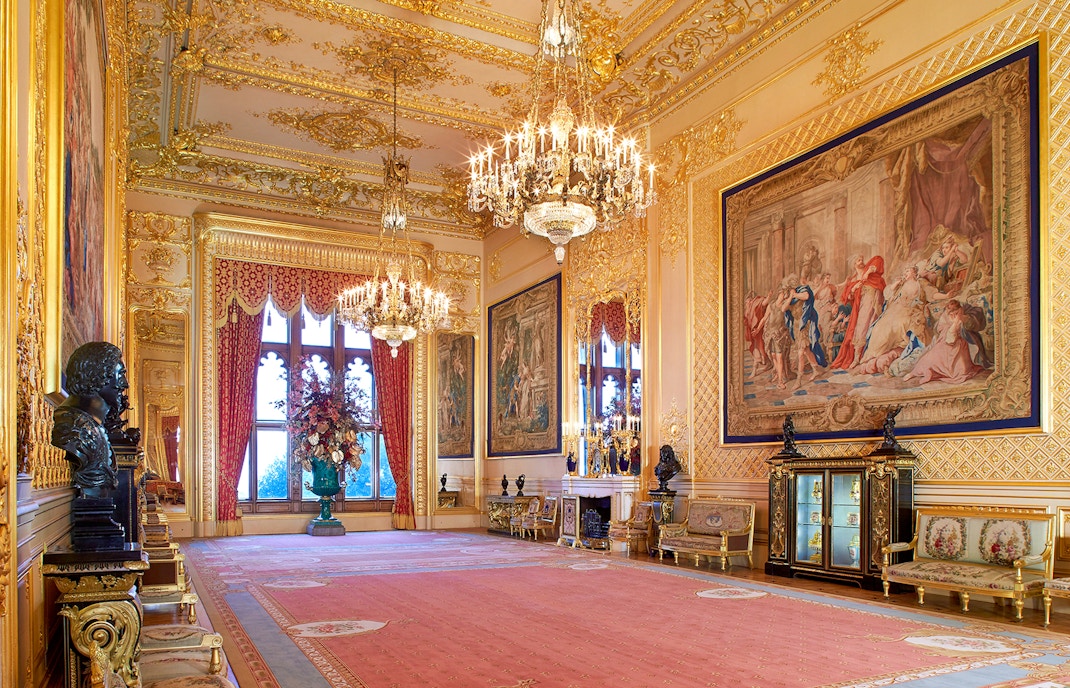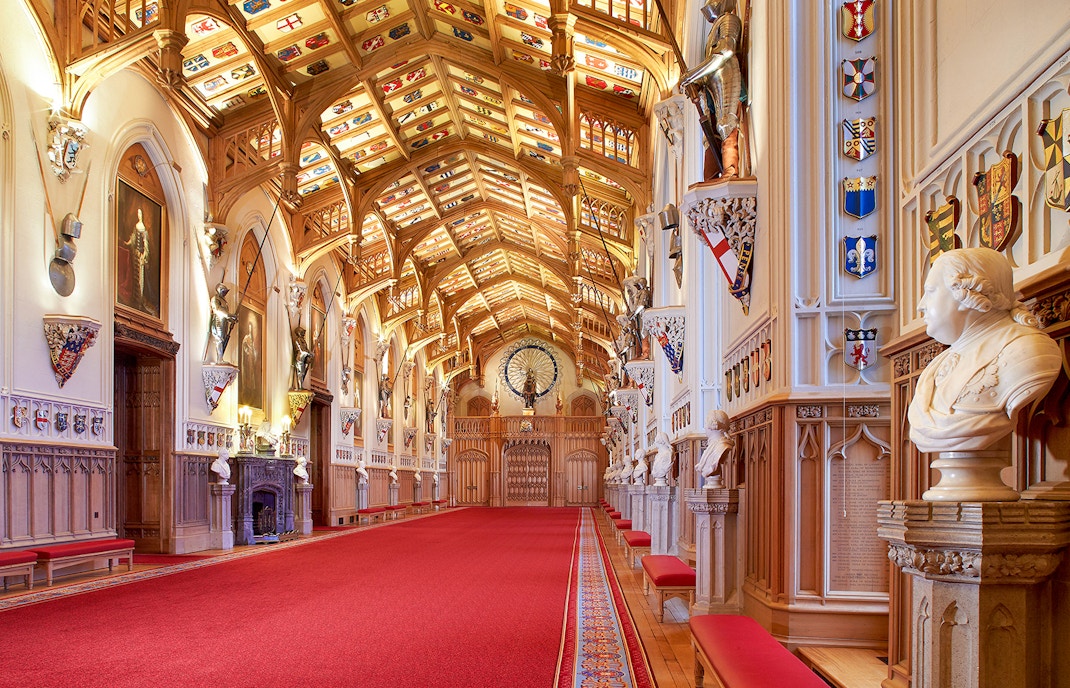Step inside Windsor Castle and you’re walking among royalty, even in death! Over 10 monarchs are buried within St George’s Chapel, including Edward IV, Henry VIII with Jane Seymour, and Queen Elizabeth II. Of all these monarchs, Charles I’s story is especially striking. Executed for treason in 1649, he was quietly laid in Henry VIII’s vault, with no fanfare or royal ceremony, probably being the only monarch in history to receive that treatment.
10 fascinating facts about Windsor Castle
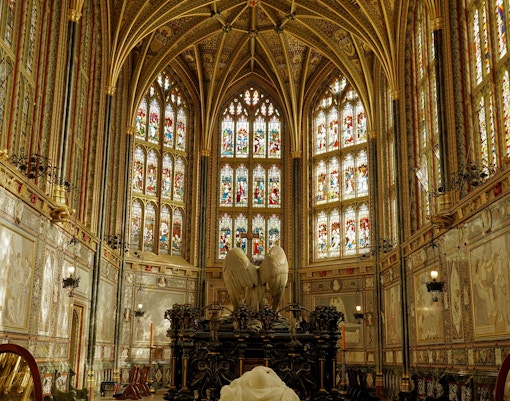
A resting place for kings and queens
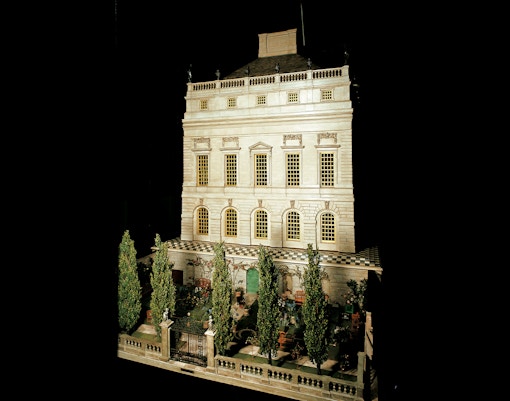
Queen Mary’s tiny kingdom
Think a dollhouse is just a toy? Not this one. Queen Mary’s Doll’s House, built in the 1920s, is one of the castle’s most popular attractions. It is a fully functioning miniature mansion unlike anything you have ever seen. Complete with running water, electricity, flushing toilets, working lifts, and a 1,200-bottle wine cellar, it even has a tiny library with real books by Rudyard Kipling and Arthur Conan Doyle.
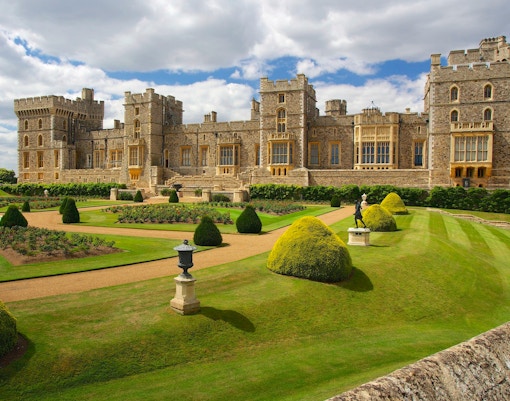
The castle gave the royal family its name
Before 1917, the royal family had a long, complicated German name: Saxe-Coburg-Gotha. During World War I, that didn’t sit well with the public. This led King George V to choose a new name inspired by Windsor Castle, giving birth to the House of Windsor. The name comes from the Old English “Windlesoren,” meaning “winch by the riverbank,” tying the family forever to this historic home.
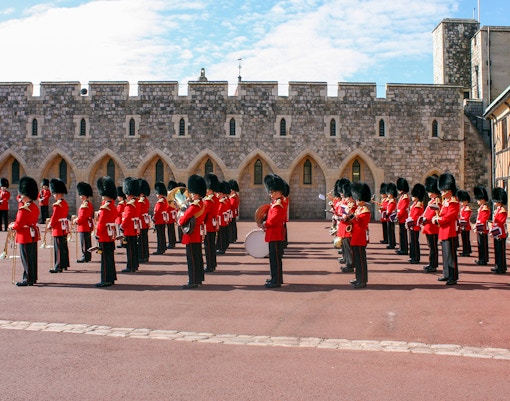
Built to survive attacks
Windsor Castle was designed to impress, protect, and safeguard. Built as a fortress, it has withstood centuries of warfare. During the Barons’ War in the 1200s, the castle endured a two-month siege, proving its defenses were nearly impenetrable. Guards were on high alert at all times, ready to rain down boiling oil and heavy stones on any intruders!
